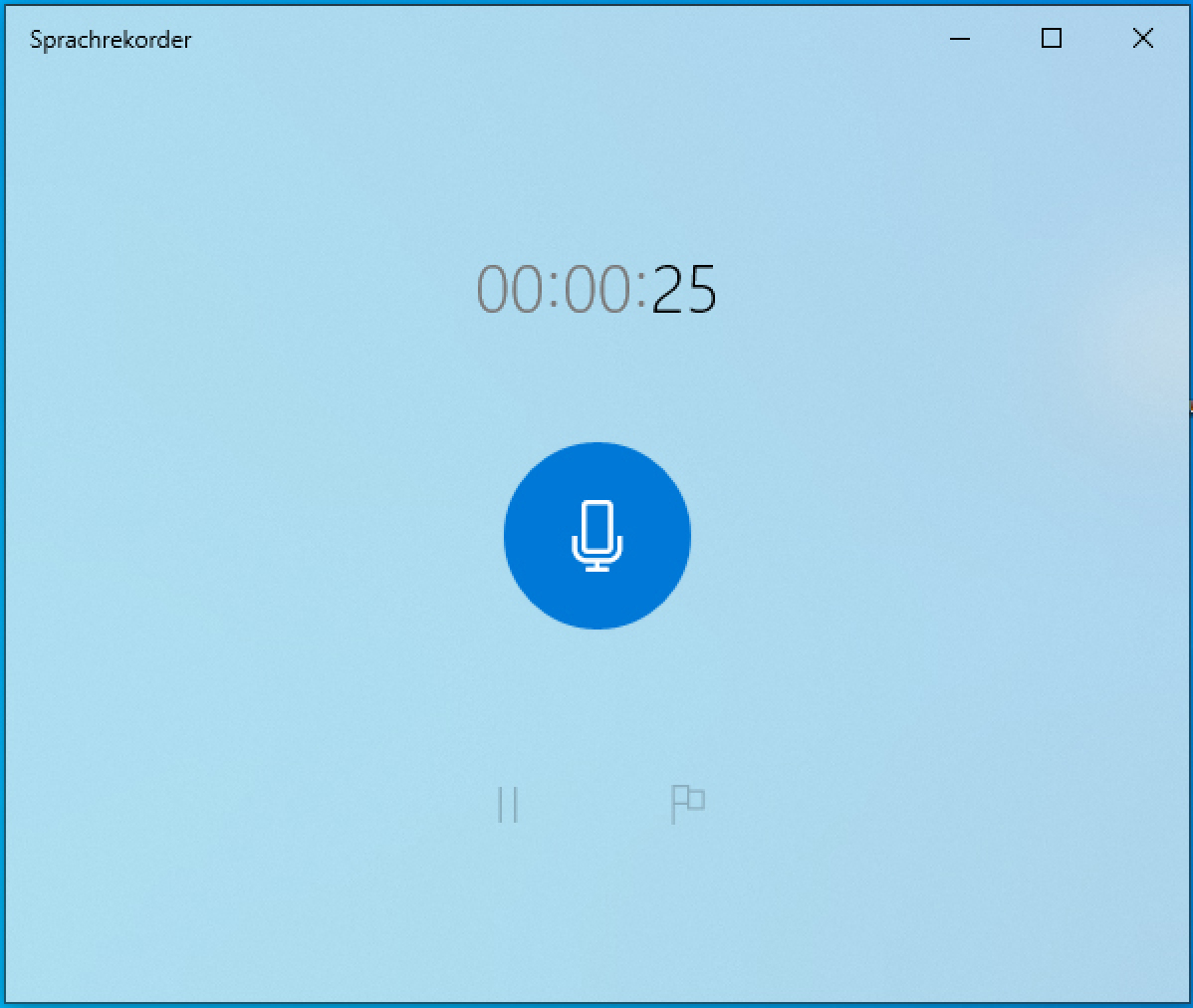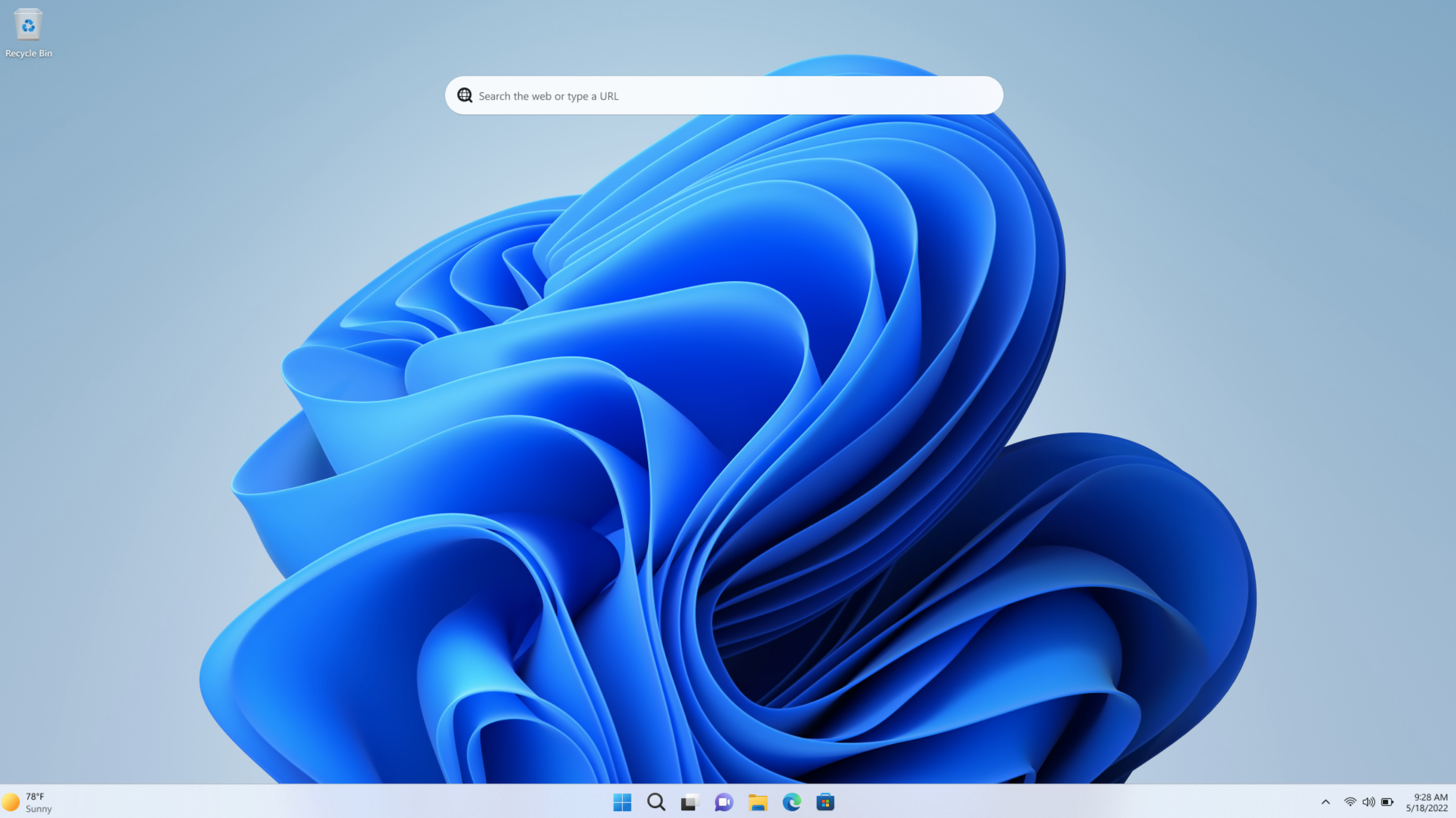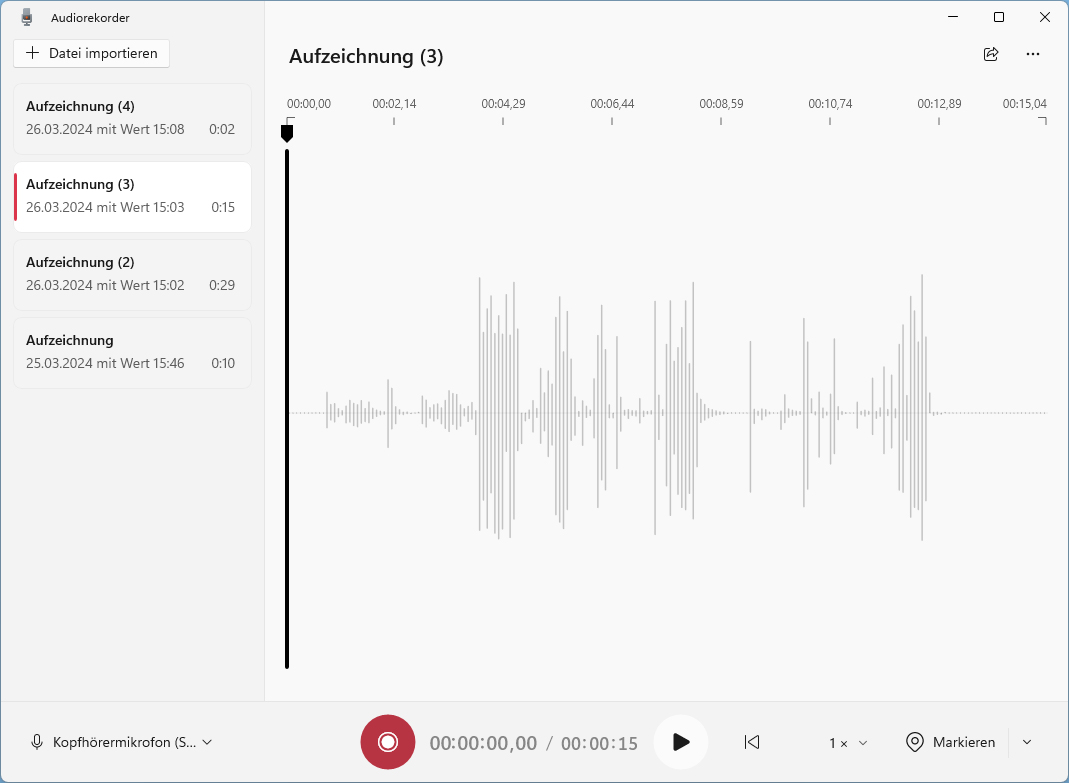https://gizmodo.com/nasas-solar-sail-mission-is-finally-flying-after-deployment-glitch-2000493203
Despite a failed first attempt, NASA deployed its pioneering solar sail system, which will harness energy from the Sun to propel itself forward through space.
The Advanced Composite Solar Sail System is now fully deployed after NASA succeeded in extending the mission’s experimental booms on Thursday at 1:33 p.m. ET, the space agency announced. NASA teams will begin testing the new form of space travel, initiating different maneuvers to see how well the sail fares in orbit.
NASA’s solar sail mission launched in April to test new materials and deployable structures for a propulsion system that runs on photons from the Sun. A few months after its launch, the mission’s sail became stuck when an onboard power monitor detected higher-than-expected motor currents, pausing the unfurling process.
The mission teams were successful on their second attempt to deploy the solar sail, fully unfurling it to stretch across 860 square feet (80 square meters), or about as large as half a tennis court. The sail needs to be large enough to generate sufficient thrust, while also being at a high enough orbit to gain altitude and overcome atmospheric drag using the subtle force of sunlight on the sail. NASA’s solar sail orbits Earth at approximately twice the altitude of the International Space Station.
With the solar sail fully deployed, it may be visible to observers from Earth. Using four cameras on board the spacecraft, NASA captured panoramic views of the unfurling process, which will be available on September 4.
Over the next few weeks, NASA engineers will test the maneuvering capabilities of the spacecraft, raising and lowering its orbit using only the pressure of sunlight acting on the sail. The mission’s initial flight phase is designed to last for two months. “Raising and lowering the orbit of the Advanced Composite Solar Sail System spacecraft will provide valuable information that may help guide future concepts of operations and designs for solar sail-equipped science and exploration missions,” NASA wrote in its update.
NASA’s solar sail mission is meant to test new materials and deployable structures for the experimental propulsion systems, including new composite booms that are used to unfurl the sail. The composite booms are made from a polymer material; they’re lightweight while still being stiff and resistant to bending and warping when exposed to different temperatures. They work the same way as a sailboat’s boom, except they are designed to catch the propulsive power of sunlight rather than wind.
NASA is hoping this new form of low-cost space travel can grant it more access to different destinations across the solar system, although solar sails are limited by the durability of the materials and spacecraft electronic systems.
Solar sails harness energy produced by light from the Sun, using it to propel spacecraft forward. As the photons hit the spacecraft’s sails, it causes small bursts of momentum that propel it farther away from the star. We’ll be watching closely as this tiny cubesat, and this interesting new concept, takes its important first baby steps in space.
via Gizmodo https://gizmodo.com/
August 30, 2024 at 01:36PM





